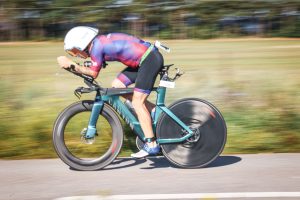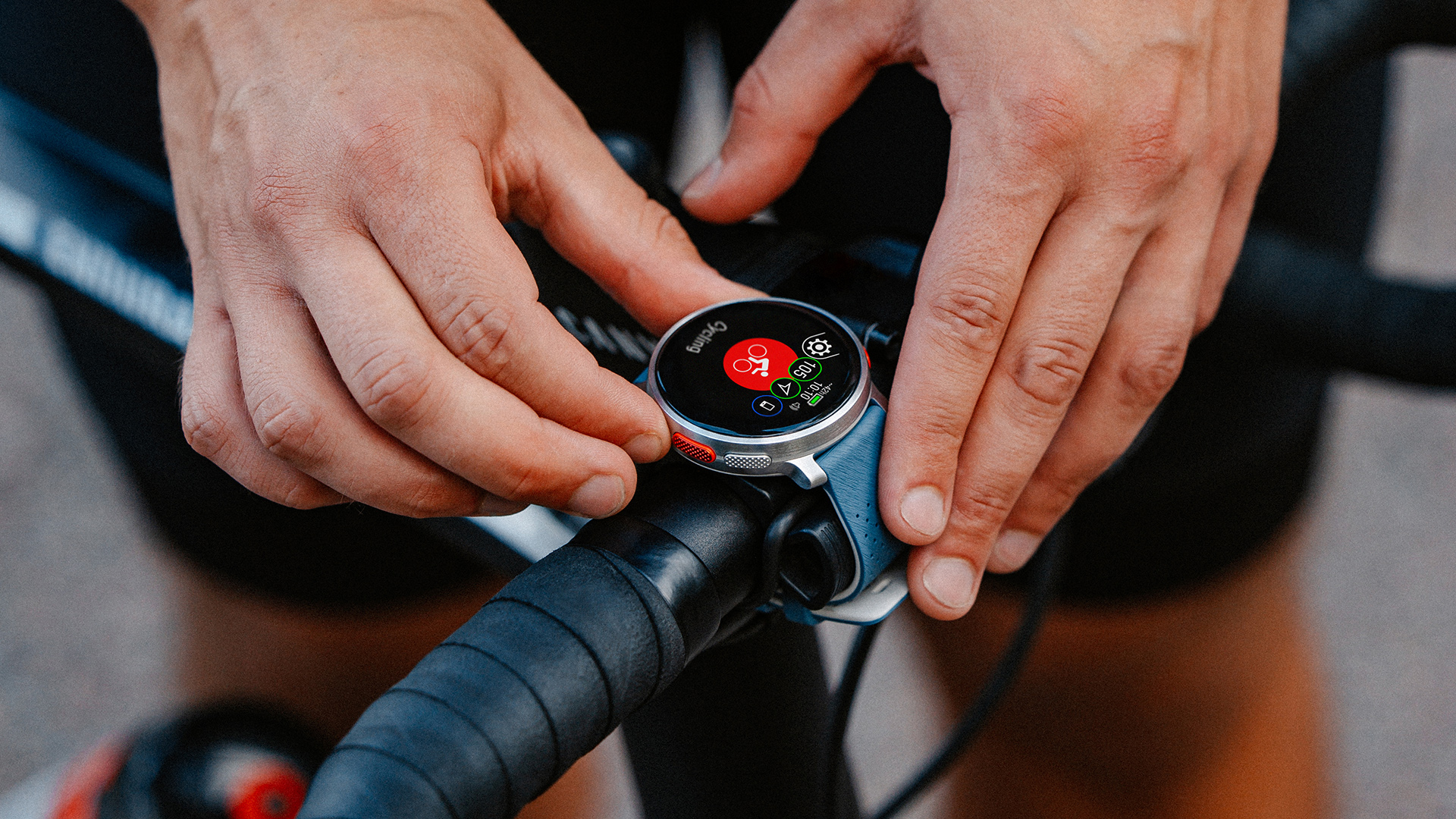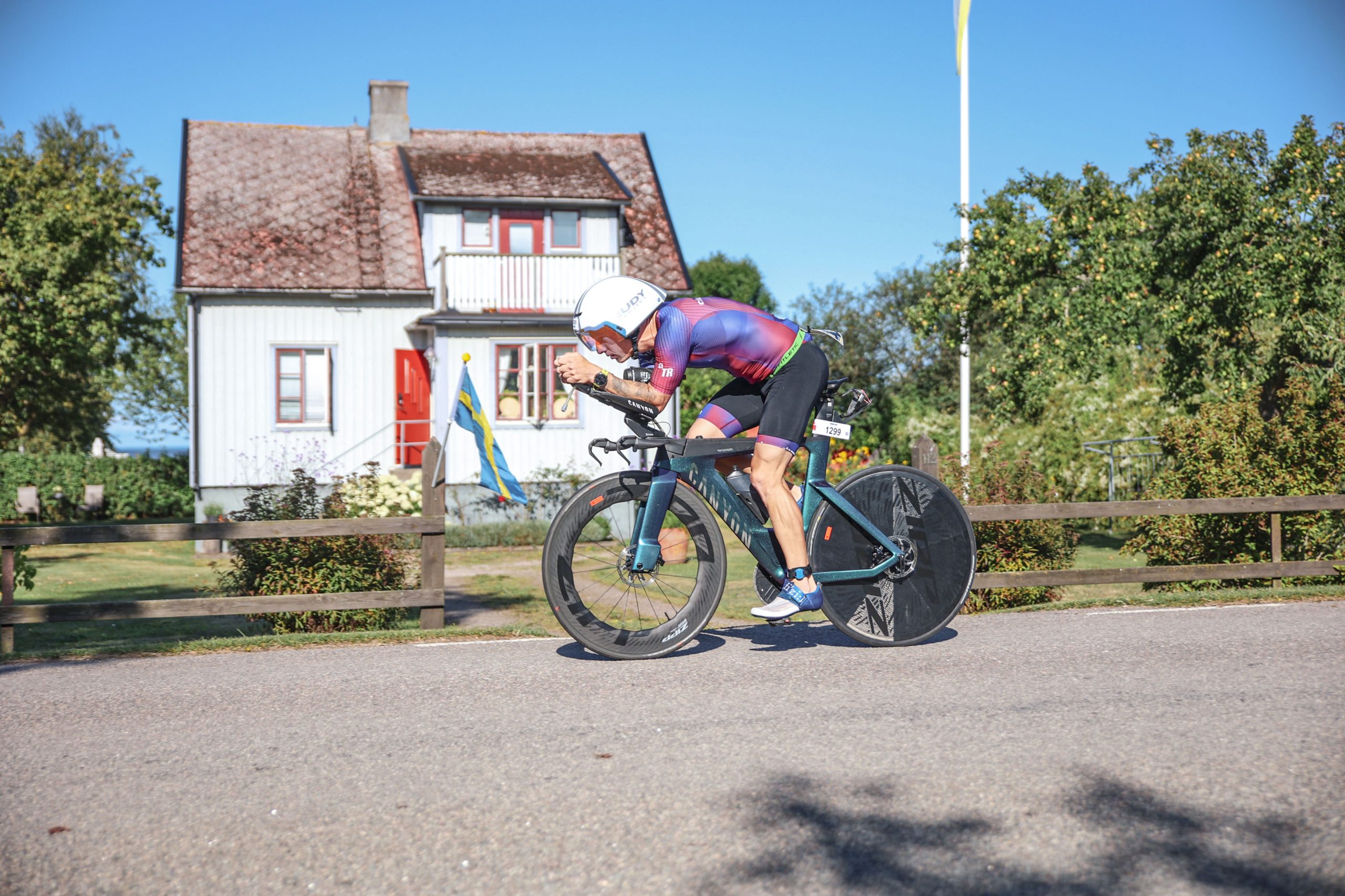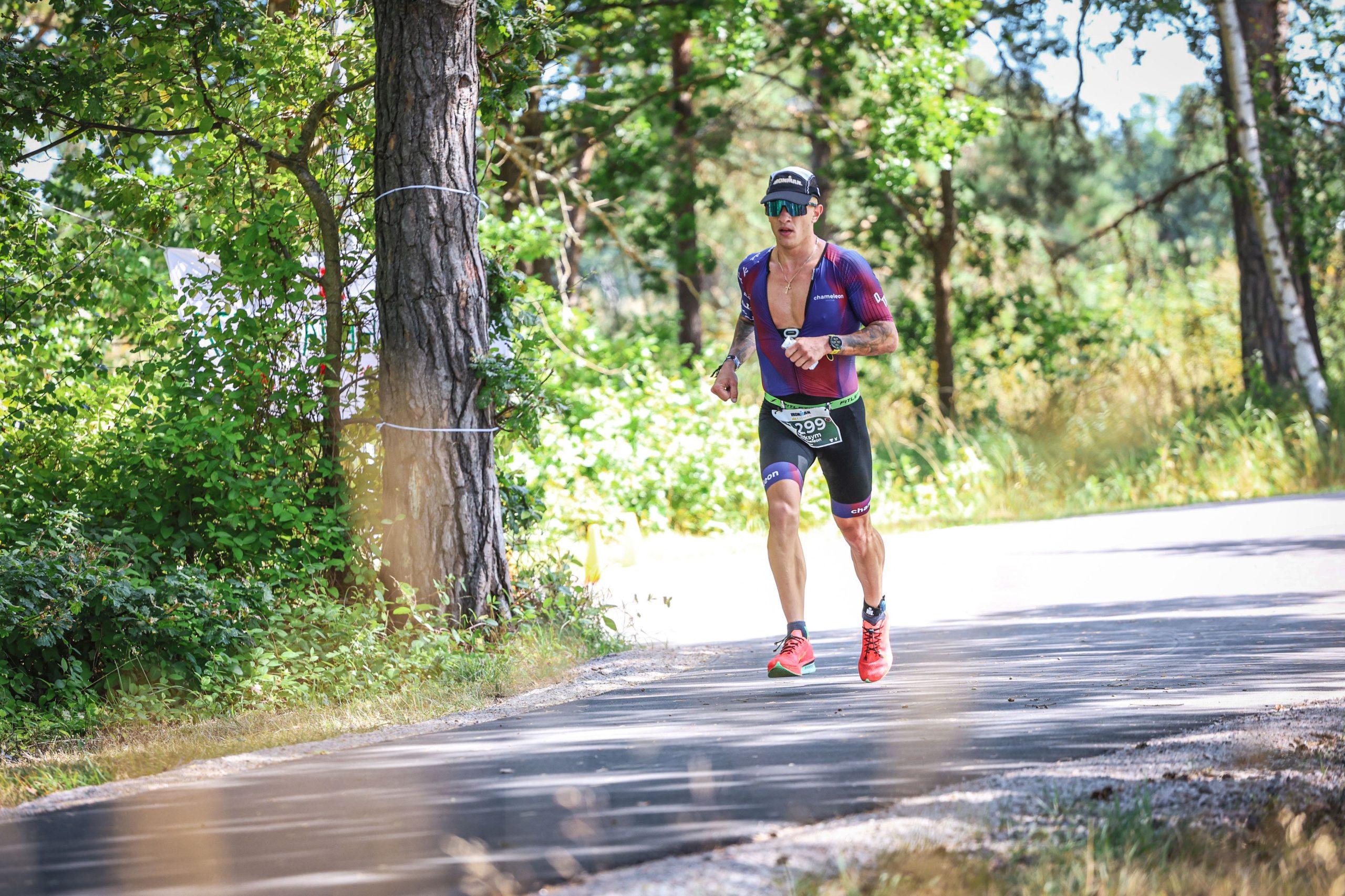A proper triathlon bike is a must for a successful race. But with so many options available, how do you choose the right one? Or do you need more than one bike?
The triathlete community survey discovered that over 60% of triathletes own 3 bikes or more. Most have a mix, while only 26% own two or more triathlon-specific bikes. Surprisingly, almost 17% don’t own a triathlon bike at all.
In this article, I’ll walk you through how to choose a new bike step by step.
First and most important thing to mention is that the “perfect” bike is the one that fits your body, your goals, and your budget. Let’s start with the money matters.
Step 1. Set your budget
There are three critical questions you need to answer:
- What are your goals?
Are you aiming to complete your first sprint triathlon or qualify for the Ironman World Championships in Kona? Your goal dictates how much performance and specificity you need. If you want to learn more about the first Ironman triathlon experience, check out this article.
- What is your experience level?
A full-on triathlon (TT) bike has a steep learning curve for handling. Newer riders might benefit from a road bike with clip-on aero bars before jumping to a dedicated tri machine.
- What is your TOTAL budget?
This is crucial. The bike’s sticker price is only part of the cost.
Allocate at least 20-30% of your bike’s budget for essential accessories: a quality bike fit (~$250-$400), a proper helmet (~$200-$300), pedals (~$100-$200), shoes, a toolkit, and nutrition/hydration systems.
So, if you have $5,000 to spend, consider bikes in the $3,500 – $4,000 range to account for these necessary extras.
Step 2. Identify the key bike features
Know what you’re looking at when you see a bike. The key tech components include:
Frame Shape
Tri bikes are designed to put you in a forward, aerodynamic position with your hips rotated forward. This opens the hip angle, preserving your running muscles. This is different from a road bike’s geometry.
The entire design of a triathlon bike is engineered to solve one fundamental biomechanical problem: the hip angle.
On a road bike, you sit directly over the bottom bracket (the axle of the cranks). Your torso is leaned forward, but your hips remain at a relatively closed angle (often 90 degrees or less). This engages your powerful glute and hip flexor muscles maximally for power, but it also fatigues them. These are the same muscles you need to run.
On a Triathlon bike, the geometry shifts your entire body forward. This is achieved through a steeper seat tube angle. By rotating you forward, the bike unloads your hip flexors and glutes slightly. This means you can still generate solid power on the bike, but arrive at T2 with fresher legs for the run. It’s a subtle but crucial difference that can save you valuable minutes in a race.
Aerodynamics
In triathlon, especially on non-drafting courses, aerodynamic drag is your biggest enemy. Overcoming it can require up to 90% of your power output at speed. Therefore, every design choice on a tri bike is made to cheat the wind. Here’s what to look for and why it matters:
1. Aero Frame Design
The goal is to manage the airflow around the frame to create as little turbulent drag as possible.
Deep, airfoil-shaped tubes
Frame tubes are not round. They are shaped like an airfoil (airplane wing) to slice through the air smoothly. The leading edge is designed to cut through the wind, while the trailing edge allows the air to come back together with minimal turbulence.
Kammtail Virtual Foil (KVF)
This is the most common and effective design you’ll see. Engineers discovered that you can truncate the trailing edge of a full airfoil shape and it maintains almost all of its aerodynamic properties. This “chopped tail” (the Kammtail) provides a huge aero benefit while saving significant weight and improving stiffness compared to a full airfoil. It’s a win-win-win.
These shapes create a low-pressure zone behind them, effectively “pulling” the bike forward. The more cleanly the air rejoins after passing the tube, the less drag you experience.
2. Integrated Brakes
Brakes and their calipers are big, blunt objects that create massive drag.
By embedding the brake calipers inside the frame (often behind the fork crown or within the chainstays) and using specially designed fairings, manufacturers drastically reduce this drag source. The airflow never “sees” a disruptive component; it just sees a smooth, continuous surface.
Integrated brakes can be slightly more challenging to access for maintenance and wheel changes. However, the aero gains are so significant that this is now a standard feature on all high-performance triathlon bikes.
3. Internal Cable Routing
This is about eliminating every last bit of parasitic drag.
While it looks incredibly clean, routing brake hoses and derailleur cables inside the frame and handlebars isn’t just for show. Exposed cables act like tiny wires, creating vortices and disrupting the smooth laminar airflow over the frame. Tucking them away removes this drag entirely.
The widespread adoption of electronic shifting (Di2, AXS) has made this easier and more effective. With no bulky mechanical cables to route, manufacturers can create incredibly sleek and integrated cockpits with minimal aerodynamic penalty.
Advanced Aero Features
On modern tri bikes, the innovation goes even further. Look for these features that contribute to a total system approach to aerodynamics:
Aero Cockpits & Base Bars
The handlebars are no longer simple tubes. They are wide, flat, and wing-shaped to manage airflow around the rider’s hands and torso. They are often fully integrated into the stem and fork steerer tube for a seamless front end.
Aero Water Storage
The best tri bikes don’t have places to put bottles; they have integrated hydration systems. Putting a standard water bottle on an aero frame can increase drag by up to 15%, completely negating the frame’s benefits. Systems like the Specialized Shiv’s “Fuelselage” or between-the-arms drink systems keep the rider hydrated without adding drag.
Aero Storage
Bikes now include hidden compartments in the downtube or top tube for flat repair kits and triathlon nutrition during the race. This eliminates the need for a bulky, draggy saddlebag stuck out in the breeze.
Fork Design
Forks feature wide legs that shield the front wheel and are designed to channel air away from the spinning spokes, which are themselves a major source of drag.
Disc Wheels vs. Spoked Wheels
This is a huge part of the aero equation. Deep-section carbon wheels (50mm-90mm deep) are designed to smooth airflow around the rotating wheel. For the ultimate advantage on calm days, a solid disc rear wheel is the gold standard, as it creates a perfect aerodynamic surface.
Components (Groupset)
This refers to the brakes, shifters, and derailleurs.
- Shimano 105. The benchmark for reliable, performance-grade shifting. Perfect for most age-groupers.
- Shimano Ultegra. Lighter and smoother than 105. The sweet spot of performance vs. price.
- Shimano Dura-Ace / SRAM Red. Top-tier, lightest, and fastest. For those where marginal gains justify the high cost.
- Electronic vs. mechanical: Electronic shifting (e.g., Di2, AXS) is more precise, requires less maintenance, and allows for multi-shifting. It’s a fantastic upgrade, but it adds cost.
Wheels
Wheels are a rotating mass that constantly interacts with the wind. This makes them one of the most important aerodynamic components on your bike.
Why depth matters
- Aerodynamics. Deep-section wheels act like a sail, slicing through the air with less turbulence than a shallow rim. This reduces drag significantly.
- Crosswind handling. However, a deeper rim acts more like a sail in a crosswind, too. This can push the wheel and make the bike feel twitchy or unstable in windy conditions.
- The trade-off. You must balance aero gains with stability. Deeper is faster in calm conditions, but shallower is easier to control in the wind.
The perfect compromise is 50-60mm fepth. This depth range offers a superb balance. It provides a major aerodynamic advantage over shallow wheels while remaining manageable for most riders in breezy conditions.
It is the recommended “do-it-all” depth for athletes who ride a variety of courses and don’t want to worry about swapping wheels for wind.
Carbon vs. Alloy wheels
Most bikes under ~$5,000 come with affordable alloy wheels. They are durable but heavy and not aerodynamic.
Switching to a carbon fiber wheelset is the single best performance upgrade you can make. These wheels are designed with deep, aerodynamic profiles. Carbon is much lighter, making acceleration and climbing easier. A carbon rim is often stiffer, improving power transfer from your pedal stroke to the road.
For maximum speed, prioritize upgrading to a 50-60mm deep carbon wheelset. It will make you faster than almost any other component change.

Step 3. Choose your fit
This is the most important step. Do not skip this.
A bike fitter will take precise measurements of your body (inseam, torso length, flexibility, etc.). They can then recommend:
- The right frame size (e.g., a 54cm or 56cm).
- The right frame geometry (some brands have “long and low” vs. “tall and short” geometries).
- The optimal setup for your aerobars, saddle, and seat post.
Many good bike shops have fit systems (like Retül or Trek Precision Fit) where you ride a stationary adjustable bike. The fitter dials in your position and gives you a report with your key measurements.
Take this report with you when you shop. It will tell you if a bike’s stock setup can accommodate your ideal position or if you’ll need expensive aftermarket parts (e.g., a different stem, aerobars, or seat post).
Step 4. Research, Test Ride, and Compare
Now you can start looking at specific bikes.
Look at major brands known for triathlon bikes. These are Cervélo (P-Series), Trek (Speed Concept), Specialized (Shiv), Quintana Roo, Felt, Argon 18, Canyon, BMC, Scott, and Orbea. Read reviews on sites like DC Rainmaker.
You can also visit local bike shops to see what they have to offer. They are also a source of expertise, warranty support, and future servicing. See which brands they carry.
Test ride. You cannot judge a bike by a photo. How does it feel? How is the handling? Does it feel stiff when you pedal? Does the size bike feel right? Note: It’s hard to get a true feel for an aero position in a parking lot, but you can assess basic comfort and handling.
Compare specifications. For the same price, does Bike A come with a better groupset (Ultegra) than Bike B (105)? But perhaps Bike B comes with a built-in hydration system and carbon wheels. Weigh the total package.

Step 5. Choose the Right Type of Bike
Triathlon bikes come in many different types, each tailored to different racing styles and preferences.
Consider this stage as your moment to curate your ultimate race-day partner— the right triathlon bike that aligns with your goals and racing vision.
1. Triathlon Bike
A triathlon bike is specially designed for the entire race. Its frame places you in a forward position that helps save your leg muscles for the run. Every part is shaped to cut through the wind smoothly.
Features like hidden brakes and built-in storage keep the bike aerodynamic. This bike is made for speed and efficiency over long distances. It is the ideal choice for serious triathletes who want every advantage.
2. Road Bike
A road bike is versatile and built for many types of riding. It handles well in groups and on steep or winding roads. The riding position is more upright, which can be more comfortable over time.
You can add clip-on aero bars to make it faster if you like. It is a practical option if you also ride for fun or fitness. This bike is a great start for beginners or those on a budget.
3. Time Trial Bike (TT Bike)
A time trial bike is meant only for going as fast as possible alone. It uses aerodynamics to reduce wind resistance just like a tri bike. However, it does not focus on saving your energy for running.
The position is aggressive and aimed at producing maximum power on the bike. It is most often used in pure cycling races against the clock. For triathlons, a tri bike is usually the better all-around choice.
If you want to learn more about other types of triathlon bikes, check out our article that covers the top 5 types of bikes for triathlon.
Step 6. Consider the “Total Package” and Integration
The perfect tri bike is a system, not just a frame. Here are a few more things to consider:
Hydration & nutrition storage
Where will you put your bottles and nutrition? The best triathlon bikes have integrated storage between the aerobars (like the Specialized Shiv) or in the frame, keeping everything aerodynamic.
Upgrade potential
Does the bike have standard parts or proprietary ones? A proprietary seat post or stem might look cool, but if you need a different size later, it can be very expensive and hard to find.
Compliance
A super-stiff bike is fast but can be harsh on a 112-mile ride. Some frames are designed with some compliance (flex) to absorb road vibrations and reduce fatigue.

5 Most Popular Triathlon Bike Models in 2025
The triathlon bike world is constantly evolving with new models and upgrades of the older ones. It might be hard to choose one, especially if it is your first bike. Here are 5 of the most popular triathlon bike models for 2025. These are models that consistently rank highly due to their performance, innovative features, and brand reputation.
It’s important to note that 2025 models are still being released. However, the flagship bikes from these brands remain at the top.
1. Cervélo P-Series
The P-Series is often considered the gold standard for age-group athletes and pros. It strikes a near-perfect balance between aggressive aerodynamics, practical integration, and a forgiving ride quality.
It has a modular storage system that is incredibly well-thought-out and allows for aerodynamic storage of nutrition and tools without drastic modifications.
Key features:
- Updated integration. Expect continued refinement of the Cervélo Soloist System, which allows for highly customizable fit and positioning via their proprietary bar/stem.
- Aero performance. The frame is born from CFD (Computational Fluid Dynamics) and wind tunnel testing, designed to be fast across a wide range of yaw angles.
- Versatility. It’s a bike that can be adjusted to fit a wide range of athletes comfortably, which is a huge reason for its mass appeal.
Costs:
- Base Model (105 Di2): ~ $6,500
- Mid-Range (Ultegra Di2): ~ $8,500 – $10,000
- High-End (Dura-Ace Di2 + Carbon Wheels): ~ $12,000+

2. Specialized S-Works Shiv
The Shiv is legendary in triathlon, famously used by Lucy Charles-Barclay. Its radical, all-in-one design is engineered for pure speed. The frame, hydration, and nutrition are all designed as a single, cohesive system to minimize drag.
Key features:
- All-in-one nutrition/ hydration. The “Fuelcell” in the frame and the “Speedware” hydration system between the arms are designed to be incredibly aerodynamic, eliminating the need for external bottles.
- Rider-first engineered™:.Like all Specialized high-end bikes, the Shiv is designed to have consistent performance characteristics across every frame size.
- Drag reduction. Every single design choice on this bike is made to cheat the wind, making it a top choice for athletes racing on flat, fast courses where every second counts.
Estimated cost:
- S-Works Frameset Only: ~ $9,000 – $11,000 (You build it up with your own components)
- Complete S-Works Build (Dura-Ace/RED): ~ $15,000 – $18,000
- Expert/Pro Model (Ultegra Di2): ~ $10,000 – $12,000
3. Trek Speed Concept
A constant threat in Kona and on the IRONMAN circuit, the Speed Concept is Trek’s no-holds-barred triathlon platform. It’s known for its extreme level of integration, where everything from the brakes to the storage is seamlessly built into the frame.
Key features:
- Unmatched integration. The bike is designed as a single unit. The brakes, cables, and storage (like the Bento Box and down tube box) are fully hidden from the wind.
- Adjustable fit system. The ISOSpeed Duo internal fit system allows for a wide range of saddle positions without compromising aerodynamics or requiring complex parts swaps.
- Aero storage. The integrated downtube box is perfect for storing flat repair kits and nutrition, keeping them safe and aerodynamic.
Estimated bike cost:
- Entry (SL 6 – 105 Di2): ~ $6,500
- Mid-range (SL 7 – Ultegra Di2): ~ $8,500 – $9,500
- High-end (SLR 9 – Dura-Ace Di2): ~ $13,000 – $15,000
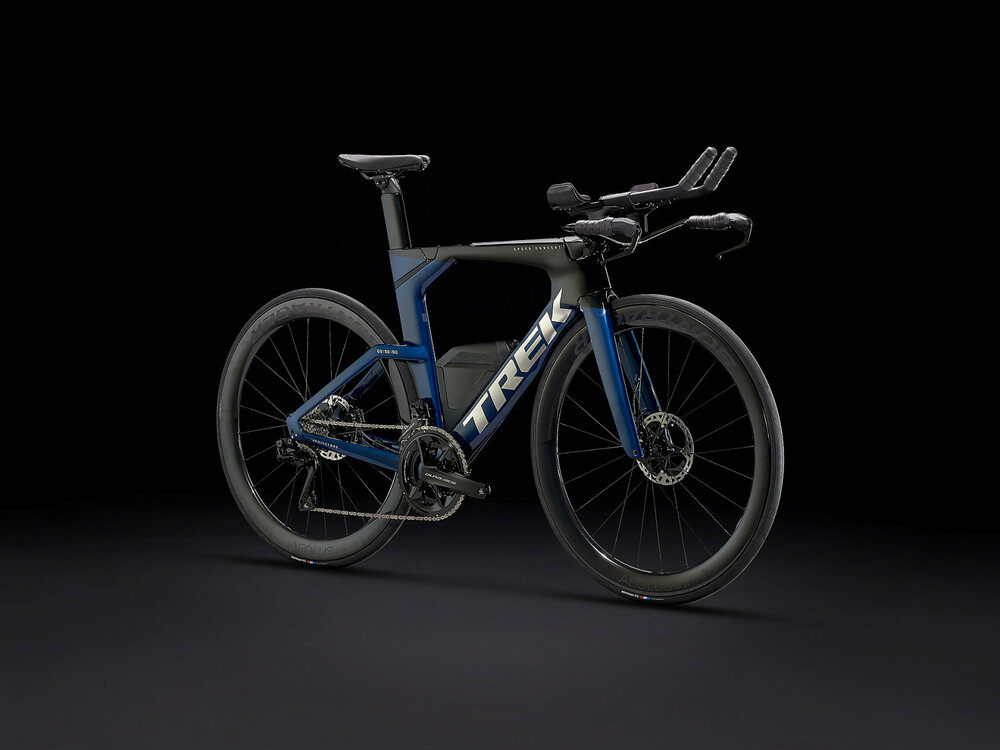
4. Quintana Roo PRsix Disc
Quintana Roo has a storied history in triathlon and was a pioneer in the direct-to-consumer model. This allows them to offer incredibly high spec (e.g., SRAM Force AXS groupset, carbon wheels) for a much lower price than comparable bikes from bigger brands. They are a favorite among age-groupers looking for premium performance on a realistic budget.
Key features:
- True Temper™ geometry (TTG). Their proprietary fit system is designed to create a more balanced and powerful riding position, opening the hip angle for a better run.
- Value proposition. You get a lot of bike for your money, often including high-end wheels and electronic shifting that would be an upgrade on other platforms.
- Aero optimization. The PRsix features textured “Dimple” technology on the tubing (like a golf ball) to manage airflow and reduce drag.
Estimated bike cost:
- SRAM Rival eTap AXS Build: ~ $5,500 – $6,000
- SRAM Force eTap AXS Build (Best Seller): ~ $6,500 – $7,200
- SRAM RED eTap AXS Build: ~ $9,000 – $9,500

5. Canyon Speedmax CF
Like QR, Canyon’s direct-to-consumer model offers exceptional value and top-tier performance. The Speedmax is a regular sight at the sharp end of both triathlons and time trials worldwide. It’s a proven winner that combines cutting-edge aero features with a price that undercuts its main competitors.
Key features:
- Complete integration. Features the “Aero Cockpit” with fully hidden cables and versatile “Flexible Storage” solutions that are both aerodynamic and practical.
- Twin aero shaft. A unique storage compartment integrated into the top tube for tools and spares.
- Two configurations. Often offered in a more aggressive “CF” model and a slightly more accessible “CF SLX” model, giving options for different budgets and commitment levels without sacrificing the core aero philosophy.
Estimated bike cost:
- CF 7 (105 Di2): ~ $4,500 – $5,000
- CF SLX 8 (Ultegra Di2): ~ $7,000 – $7,500
- CF SLX 9 (Dura-Ace Di2): ~ $9,000 – $9,500

Conclusion
A few final words about choosing a triathlon bike.
Start with your goals and budget. Remember, the fastest triathlon bike is the one that fits you perfectly. A proper bike fit is the most important step, even before you buy.
For a beginner triathlete, a road bike with clip-on aero bars can be a fantastic and versatile start. If you’re ready to commit, look for a dedicated triathlon bike with a relaxed geometry that you can grow into.
Don’t get distracted by the most expensive model. A mid-range bike that fits well is far better than a premium one that doesn’t. Prioritize a comfortable, sustainable aero position over an extreme one.
Finally, always budget for a good bike helmet and shoes, as they are part of your speed system. Here is how to choose a cycling helmet.
Your perfect bike is the one that makes you confident and lets you run strong off the bike.
